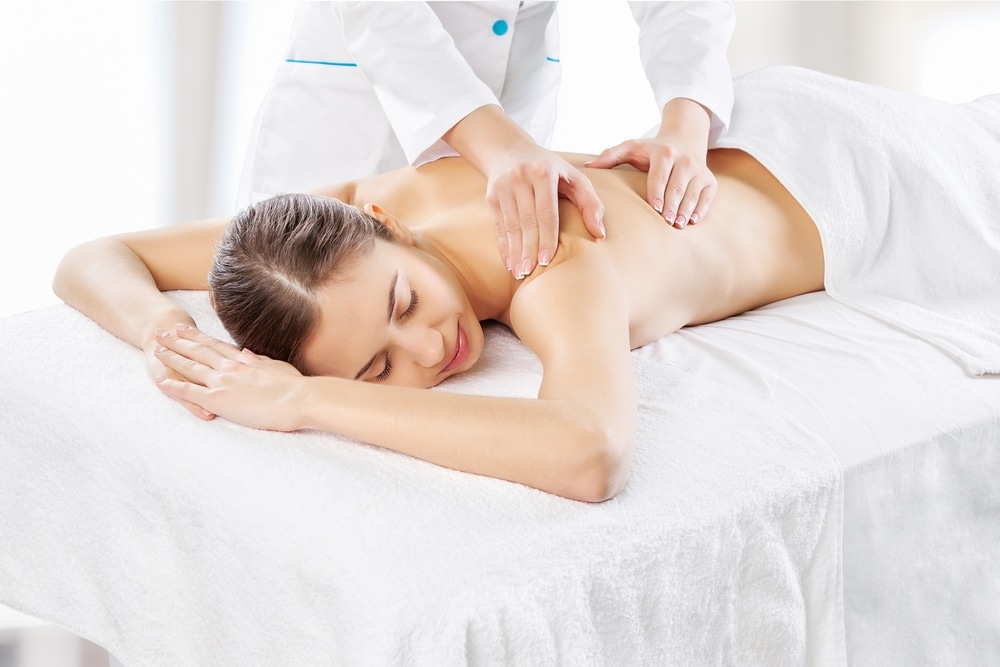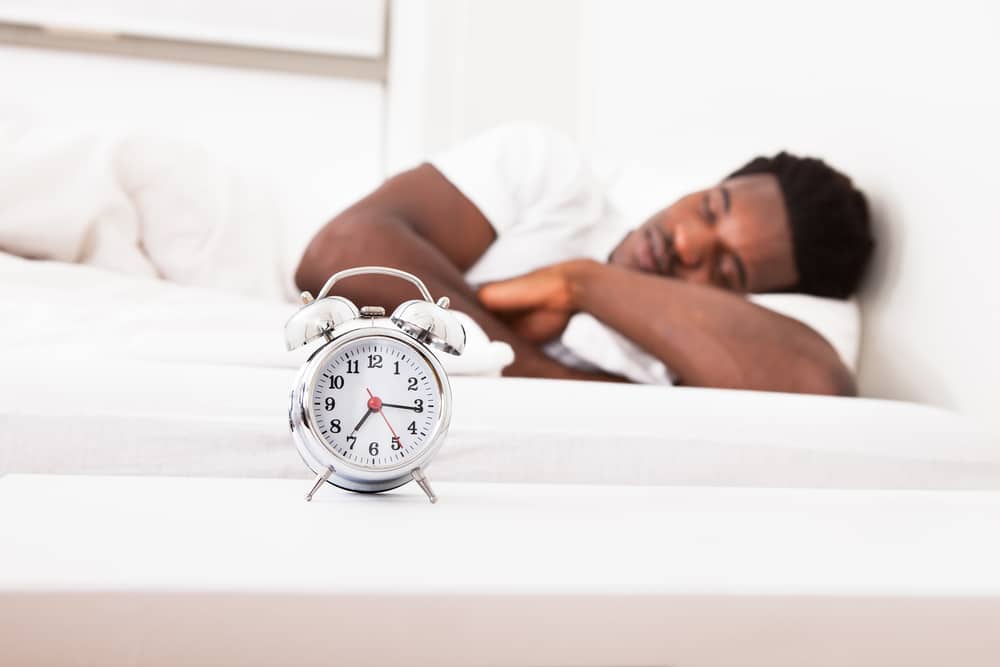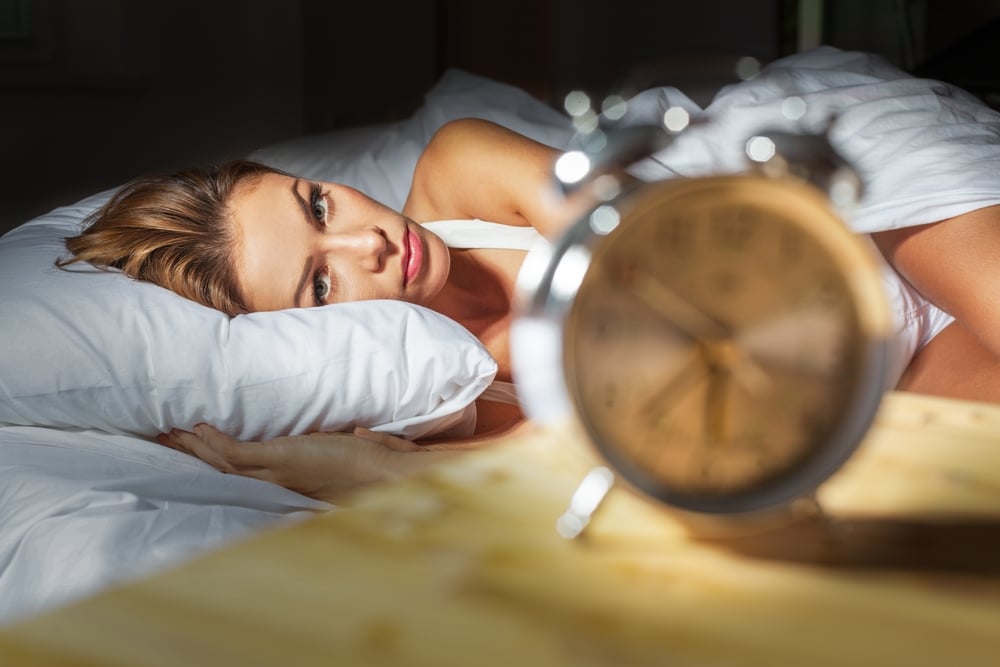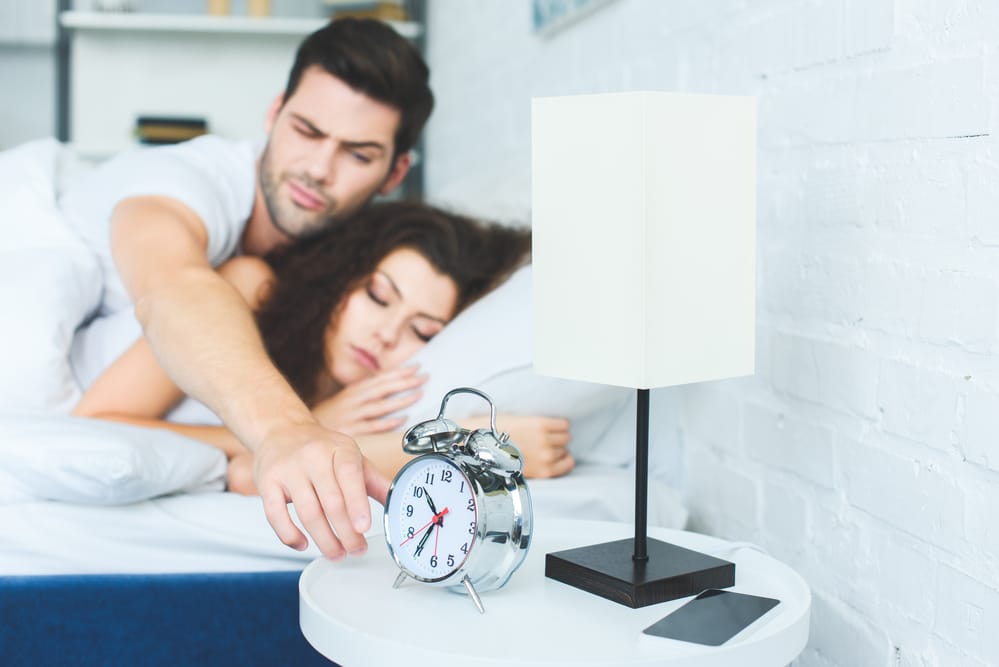Do you ever wish you could be young again? Perhaps you rise from bed in the morning to aches and pains that only seem to grow more apparent as you age. Or instead, you may find yourself unable to do the same activities you once could, from jogging down the street to moving a heavy piece of furniture on your own.
Chances are you’ve had these thoughts, and chances are even higher you’re not alone. Truth be told, most of us yearn to feel younger no matter the stage of life we’re in. Yet aging is a reality we all must face, so our options to turn back time seem restricted to the beauty creams that rid our skin of spots and wrinkles.
In reality, however, one option can slow the aging process in a natural manner. And, best of all, it doesn’t entail purchasing beauty products or ineffective elixirs. So what is this natural option, and how does it work? Simply put, it all comes down to an important cellular compound called nicotinamide adenine dinucleotide (NAD).
If that term sounds a bit intimidating, have no fear. Before we answer such weighty questions, we’ll take an opportunity to understand the human cell in greater detail and the role that NAD plays in our physiological lives. From there, we’ll get to know NAD and how to naturally slow the process of aging.
Seeing as we’re not getting any younger, let’s jump right in.
The Human Cell and NAD
Let’s begin by examining life on a microscopic, cellular level. Within every one of our trillion cells, a number of dynamic processes are taking place amongst a number of different compounds.
As we mentioned above, one of these compounds is referred to as NAD. It’s short for nicotinamide adenine dinucleotide, a general term that refers to two different NAD variants: NAD+ and NADH.
For the sake of this article, we’ll focus our attention on NAD+, the compound that transfers energy from the foods we eat to vital cell functions. But oddly enough, NAD+ serves another important role in the cell: It “directs cells to make adjustments to ensure survival, including increasing energy production and utilization, boosting cellular repair and coordinating circadian rhythms.”
As levels of NAD+ decline in the body, mitochondria function is impaired, and fewer mitochondria can survive. This occurs because NAD+ works in mitochondria to help generate ATP, or adenosine triphosphate, the organic chemical we use for energy. And because mitochondria are “the powerhouse of the cell” and fuel cellular function, mitochondrial dysfunction causes our cells to grow weaker, thus escalating the aging process.
Why Do NAD+ Levels Decline?
There are many factors that may cause NAD+ levels to decline in the body. The greatest reason is general aging.
As we age, DNA damage occurs in a natural fashion, breaking down over time and thus causing our cells to also break down. Because of this damage, NAD+ reduces, thus accelerating the aging process.
Additional factors include oxidative stress in the body (hypoxia) and inflammation, and these factors also play a role in decreasing levels of NAD+, with the decline increasing as we age.
What Happens When NAD+ Levels Are Low?
Now we understand the basics of NAD+ and why it declines as we age, it’s time to discuss what happens when such a decline occurs. Though NAD+ may seem like a natural compound that’s destined to decline over time, a decrease in NAD+ can actually lead to a number of harmful outcomes.
Increased Risk of Sunburn and Skin Cancer
NAD+ and NADH both play a role in protecting your skin from the sun’s harmful UV rays. NAD+ absorbs light from the UVB spectrum, whereas NADH absorbs light from the UVA spectrum. Those with lower levels of NAD+ tend to become sunburnt more easily and thus are subjected to an increased risk of skin cancer if preventative measures are not taken.
Cell Suffocation (Hypoxia)
As we mentioned briefly above, mitochondria play an important role in the system that delivers energy to the body. But in order for mitochondria to fulfill this process, it requires a constant supply of oxygen it can donate electrons to. When oxygen levels in the body are low, an occurrence that increases as you age, mitochondria can’t unload these electrons, and the body naturally slows mitochondrial function.
When you have low levels of oxygen and slower mitochondria, your body will naturally slow the conversion of NADH to NAD+. Lower levels of NAD+ result in higher levels of hypoxia, and cells will begin to fatigue and deteriorate over time. When this occurs, the effects can be felt throughout the body as connective tissue grows stiffer, organs lose function, muscles atrophy, and many more changes occur.
Accelerated Cardiovascular Disease
The heart’s muscles are heavily reliant upon mitochondria to fulfill their duties in keeping the heart pumping at all times. A recent study that utilized animal models suggests reduced levels of NAD+ can accelerate heart damage or heart disease, therefore establishing an important link between the chemical compound and our body’s most vital organ.
Decreased Metabolism
NAD+ controls our energy metabolism, which is a collection of life-sustaining chemical reactions that occur within our body. A lack of NAD+ can make you feel colder due to a lowered metabolism, and the body will, therefore, burn fewer calories to function, which can, in turn, lead to an unhealthy, increased storage of fat. This leads to potential weight gain, another risk associated with decreased levels of NAD+.
Impaired Brain Function
The brain constantly seeks an energy source to ensure it’s operating at the highest possible capacity. As a result, neurons (brain cells) contain a lot of mitochondria that can grow weaker when NAD+ levels have declined, thus leading to an increased risk of mental health and neurodegenerative diseases. Treatment with NADH has been shown to improve cognitive function in those suffering from Alzheimer’s disease as well as Parkinson’s. NAD+, on the other hand, may decrease brain damage due to oxygen deprivation.
How to Naturally Increase NAD+
Now that we’ve covered the basics of NAD+, the reasons it may decline, and the harmful effects of low NAD+ levels, it’s time to discuss how you can increase levels of NAD+ in the body. While some of these tactics require supplements or performing specific activities, each one is natural and can easily be integrated into your everyday life.
Exercise
It’s the prescription both doctors and medical professionals have been giving for decades. Not only is exercise good for your general health, but it possesses the ability to increase NAD+ levels as well. Exercising causes the body to burn NADH, thus generating more NAD+ along the way.
While different exercises that target the main skeletal muscles throughout the body are all considered beneficial, interval training that will optimize your cardio routine is the best exercise method to increase NAD+, because it creates time-efficient energy. This means you can exercise in controlled, powerful bouts as opposed to over longer periods of time.
The Ketogenic Diet
The ketogenic diet aims to keep the body in a constant fat-burning state that will increase NAD+ levels, and the low-carb method doesn’t require bouts of fasting. As a result of this high-fat diet, basic calorie restriction becomes a far easier task and is useful for those with a slower metabolism.
Intermittent Fasting
The body is capable of sensing the ratio between NAD+ and NADH and therefore knows when this ratio is out of order. If NAD+ levels are lower relative to NADH, it may be a sign your body is ingesting too many calories or is expending too little energy. When you choose to utilize intermittent fasting, the depletion of carbohydrates and nutrients allows NADH to get used up so that NAD+ builds up. Therefore, fasting and caloric restriction results in higher NAD+.
Nicotinamide Riboside
Nicotinamide Riboside (NR) is a supplement utilized to increase NAD+ in the body. Though it’s available in small amounts in food, the NR supplement is essentially vitamin B3 that’s easier to consume in larger quantities, and it’s capable of protecting neurons and their myelin sheaths alongside regulating the body’s metabolism.
Resveratrol
Resveratrol is part of a group of compounds called polyphenols that are believed to act as antioxidants, protecting the body against damage that can put you at higher risk for complications like cancer and heart disease. Along with lengthening the lifespan of certain organisms, resveratrol can likely help lower blood pressure, ease joint pain, protect the brain, and reduce the risk of age-related diseases.
Consuming Fructose
Despite what we know about consuming sugars, eating foods with fructose such as apples, peas, zucchini, grapes, asparagus, and others is believed to increase levels of NAD+ because fructose leads to Sirt1 activation. Sirt1 is an enzyme frequently referred to as the longevity gene after clinical trials suggested increased levels of the enzyme were tied to NAD+ and an extended lifespan.
Anti-Aging and You
Truth be told, there are a number of approaches that seek to extend the life of living cells and thus provide anti-aging opportunities. Exercising regularly, eating a proper diet, and remaining aware of your current health status are just some of these approaches, but many more are available.
With that said, research continues to suggest that naturally increasing levels of NAD+ is one of the most productive ways we can attempt to slow the aging process. By utilizing the tactics and information above, you can optimize your body and lead a potentially healthier life. As always, check with medical professionals before implementing such strategies, as side effects can occur. Treat your body well, and you, too, can benefit from the anti-aging properties of NAD+.






















